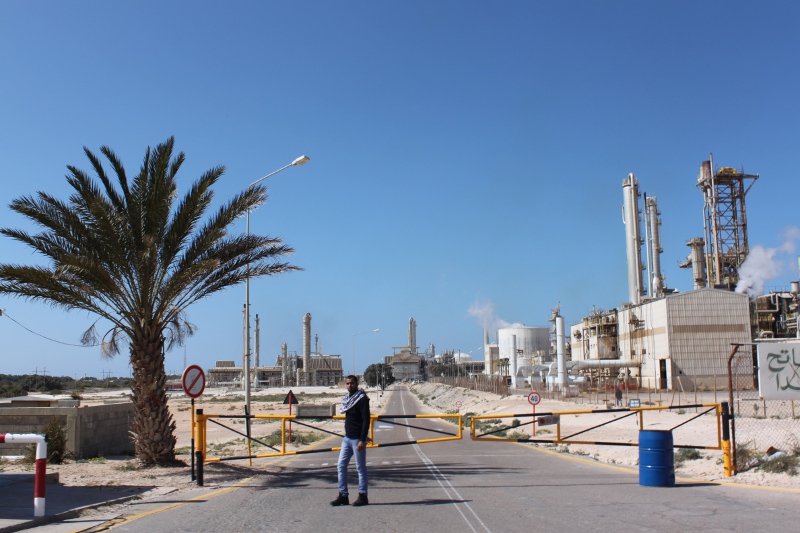Mining in Libya on:
[Wikipedia]
[Google]
[Amazon]



 The mining industry of Libya does not contribute significantly to its economy. Mining resources are located in remote regions with limited accessibility. The fuel sector, including
The mining industry of Libya does not contribute significantly to its economy. Mining resources are located in remote regions with limited accessibility. The fuel sector, including
Middle East Reservoir Review
El Sharara oil field, El Sharara, Elephant Field, Elephant, Raguba field, Raguba, Sarir field, Sarir, Waha field, Waha, and Zelten oil field, Zelten.



oil reserves
An oil is any nonpolar chemical substance that is composed primarily of hydrocarbons and is hydrophobic (does not mix with water) & lipophilic (mixes with other oils). Oils are usually flammable and surface active. Most oils are unsaturate ...
(which have a capacity of 29.5 billion barrels) and natural gas
Natural gas (also called fossil gas or simply gas) is a naturally occurring mixture of gaseous hydrocarbons consisting primarily of methane in addition to various smaller amounts of other higher alkanes. Low levels of trace gases like carbo ...
(which has 1.31 trillion cubic meters of reserve) is the major revenue-generating industry.
Africa's largest proven oil reserves are in Libya. The first well was drilled in 1956 and oil was struck in the following year. The Wadi ash-Shati' may hold one of the world's biggest iron ore deposits.
Production and impact
The identified sources of minerals relate to diamondiferouskimberlite
Kimberlite is an igneous rock and a rare variant of peridotite. It is most commonly known to be the main host matrix for diamonds. It is named after the town of Kimberley in South Africa, where the discovery of an diamond called the Star of S ...
s in the East Saharan craton and metamorphic belts with potential for gold in the southern region of the country. Large gypsum
Gypsum is a soft sulfate mineral composed of calcium sulfate dihydrate, with the chemical formula . It is widely mined and is used as a fertilizer and as the main constituent in many forms of plaster, blackboard or sidewalk chalk, and drywal ...
deposits have produced 150,000 tons per year for the manufacture of cement. Other sources include sulfur extraction (about 13,000 tons/year) as a byproduct of refining petroleum and natural gas
Natural gas (also called fossil gas or simply gas) is a naturally occurring mixture of gaseous hydrocarbons consisting primarily of methane in addition to various smaller amounts of other higher alkanes. Low levels of trace gases like carbo ...
. Iron ore from Wadi ash-Shati', approximately from the sea, is also of note, with a reserve identified of 795 million tons of 52% grade. This has not been extracted due to the remoteness of its location.
Substantial reserves of magnesium and potassium salts have been recorded, but apart from magnetite, phosphate rock, and sulfur, these are yet to be mined. There are large Salt pan (geology), salt flats in the north; production in the 1980s amounted to 11,000 tons of salt per annum. Oil fields include the Bouri Field, the Mediterranean's largest producing oilfield;Legal framework
The enabling laws for mining and oil sector are in place. These are: Law 5 on Encouragement of Foreign Capital Investment Law of 1426 (1997) and Law 25 of the Petroleum Law of 1955.Commodities
Petroleum products are the major industry in Libya, with mineral extraction being limited, and not making up a significant portion of the country's economy. The mining of raw materials is limited mainly to industrial minerals such as clay, cement, salt and limestone. Libya's output in 2000 included 270,000 tons of lime and 175,000 tons of gypsum. Other mineral reserves consist of potash in the Sirte Desert, magnetite, phosphate rock, and sulfur.See also
* Energy in Libya * Libyan oil industry * National Oil Corporation * Oil reserves in LibyaReferences
{{Mining in Africa Mining in Libya Economy of Libya Mining industry by country, Libya